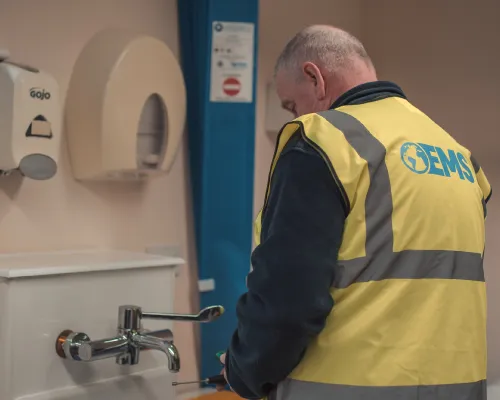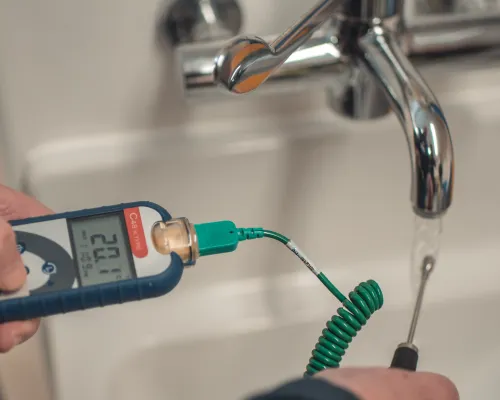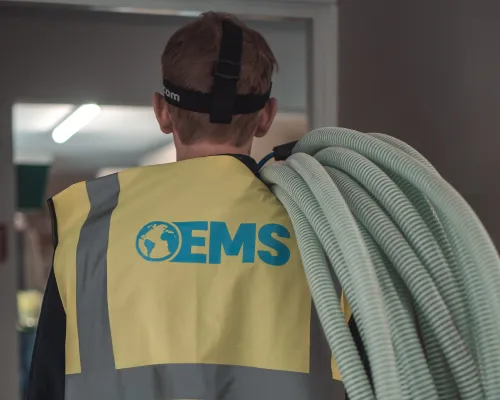
No items found.
As part of a program of works for a faith led organisation, we undertook Legionella risk assessments at all of their sites throughout the UK. The buildings each had similar use and were believed to be low risk. The client had been informed of the need to ‘test’ for Legionella and as a result had been undertaking water samples for the last few years. Upon our consultancy it was highlighted to the client that this action alone would not enable them to be compliant with the requirements set out by legislation such the Health and Safety at Work Act 1974, COSHH, the Management of Health and Safety Regulations 1999 and that sampling should only have to be undertaken where deemed necessary based upon the water systems and circumstances at each site.
The Challenge
The client ceased the water sampling program they were carrying out as it was deemed unnecessary for the perceived risk of the buildings. The majority of the client’s property stock were indeed low risk premises and we were able to advise of a small number of actions they needed to complete to comply with legislation. The majority of these were to do with management systems they needed to evidence. However, one site differed, and it was found that the building purpose built for its current use within the last 30 years, had a water system that was designed in such a way that the large volumes of water remained stagnant within the system and this stagnation was evident within the system from both the temperature of the distributed water and the internal condition of 2/3 of the tanks present.
The Service
Although the client had been taking samples at their sites, the lack of understanding of their water systems due having no documented asset register, schematics or previous survey had meant that they had only sampled the kitchen cold outlet. This was due to the belief that all water outlets were fed from the same system. Subsequently, the poor distribution and water condition of the cold water system had therefore gone unnoticed for some time.Upon receipt of the Legionella risk assessment the client quickly sought advice on the best way to remedy this issue.
We were able to offer a number of practical L8 compliant solutions to address this. It was deemed that bypassing the poorly designed tanks and placing the water services onto the town mains supply would be the most effective solution for cost in the immediate and long term. This also suited the organisation due to the lack of trained members able to inspect such water assets. This solution also significantly reduced the risk of this issue occurring again due to the elimination of the risk, which is the first step of COSHH 2002. EMS Water were able to source a competent contractor to undertake the work on their behalf for a reasonable cost from our industry knowledge. The risk assessment deemed the need to sample their water as they had doing for the last four years unnecessary. This meant that the client would quickly recoup the finances spent on the Legionella risk assessment by eliminating the forecasted spend they had planned over the next two years. The client is now confident in the knowledge that they are on the right track for compliance with legislation. They have an Approved Code of Practice L8 compliant regime which requires little effort for them based upon the low risk water systems they now have. They are also able to understand what systems and assets they have and what they serve, and most importantly, they have evidenced the level of risk posed and that they have done what is ‘reasonably practicable’ to minimise the risks present.
The Results
Our aftercare has supported the client in setting up a small amount of management systems for their operations throughout the UK for consistency amongst all sites. Any water system that has the right environmental conditions can potentially be a source for legionella bacteria growth. However, the management of your water systems and Legionella has no need to be have complex and a few simple precautions can ensure that you are minimising the risks from your water systems and activities. It is however, pivotal to understand the systems that are in place in order to manage them correctly. It must also be noted that just because we perceive it to be low risk, it doesn’t mean that it always is. The precautions that are put in place must be specific to the system and activities.





